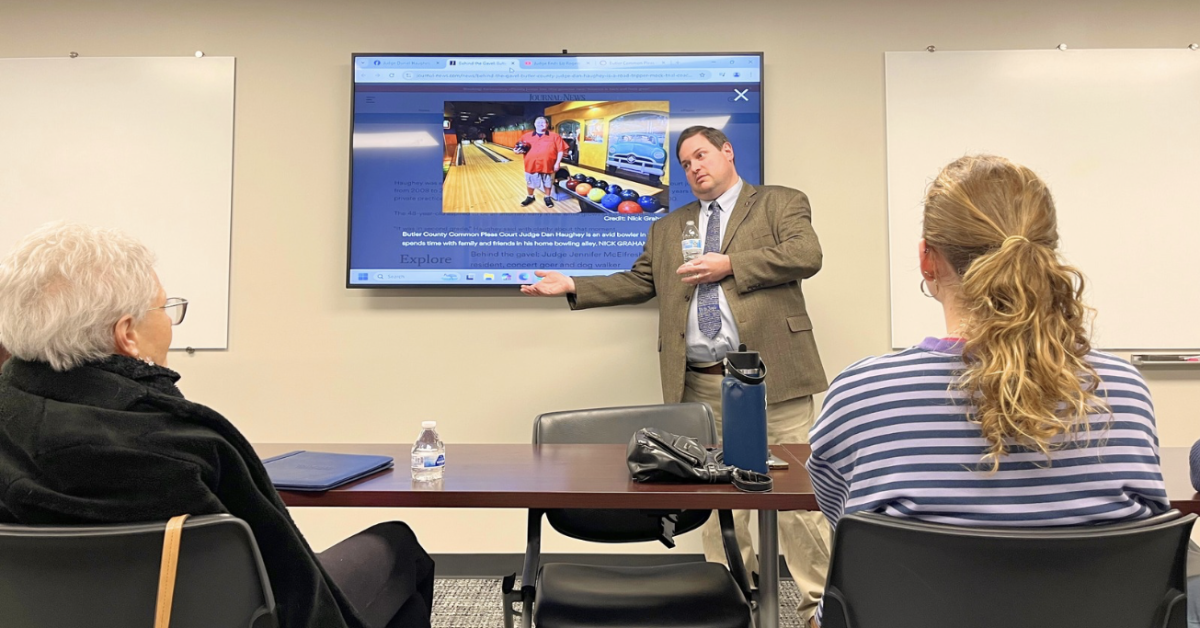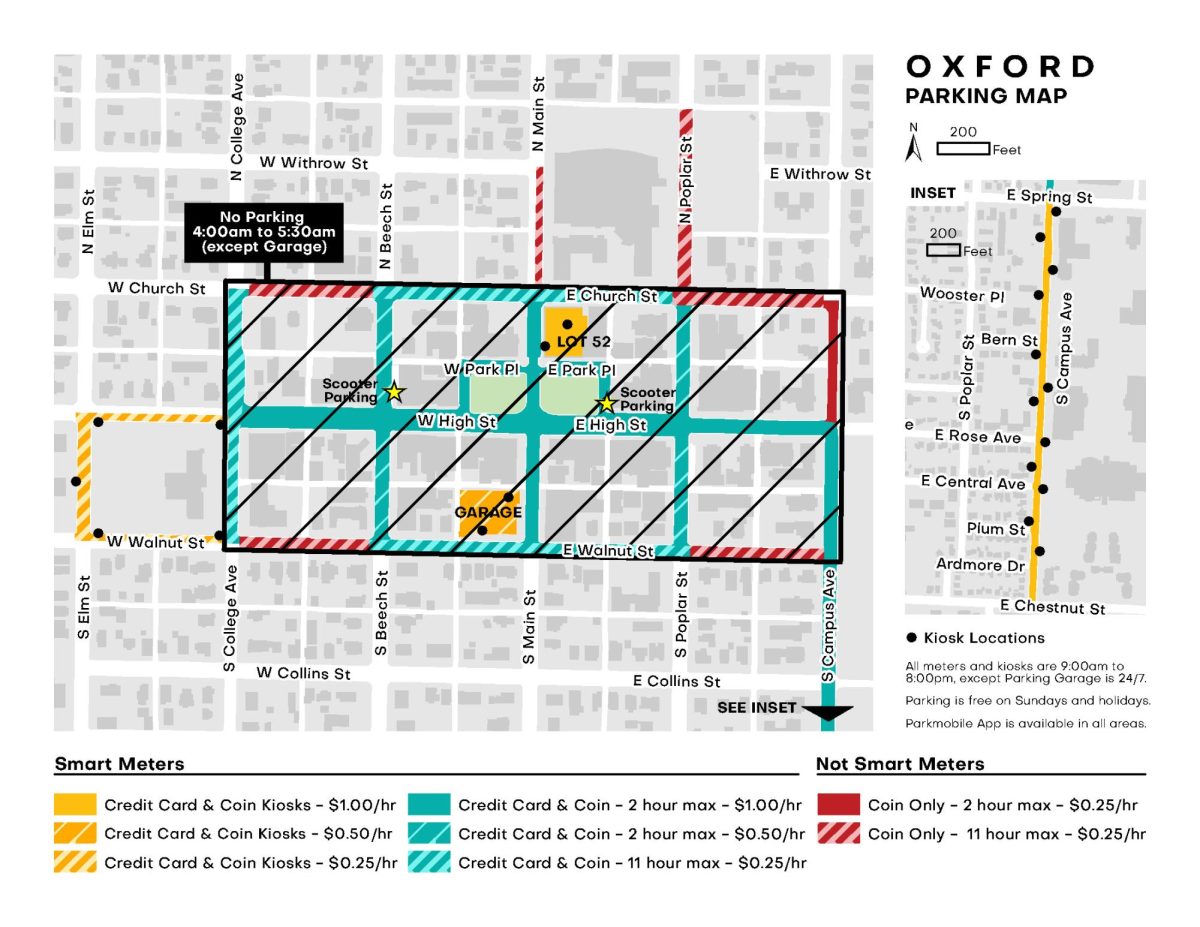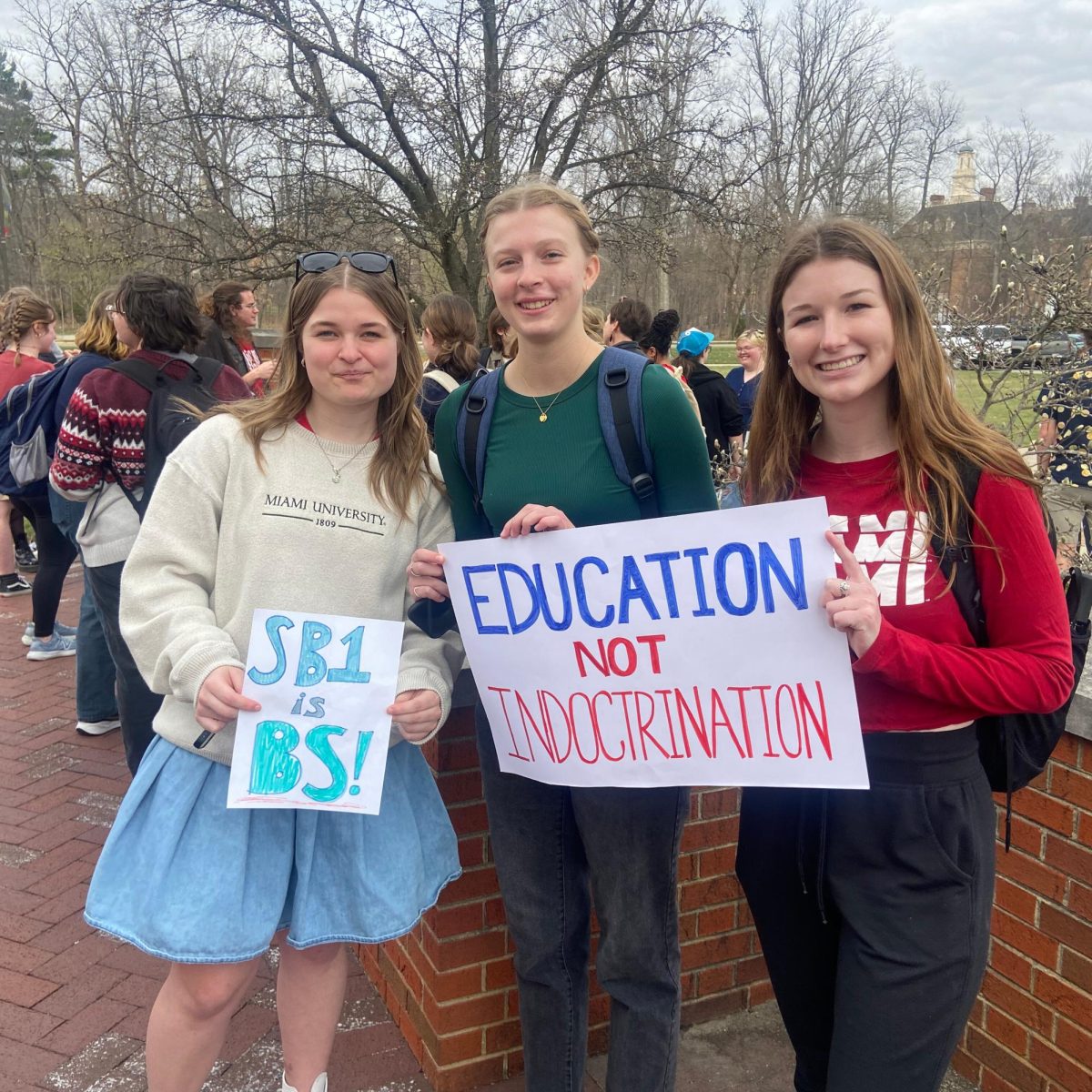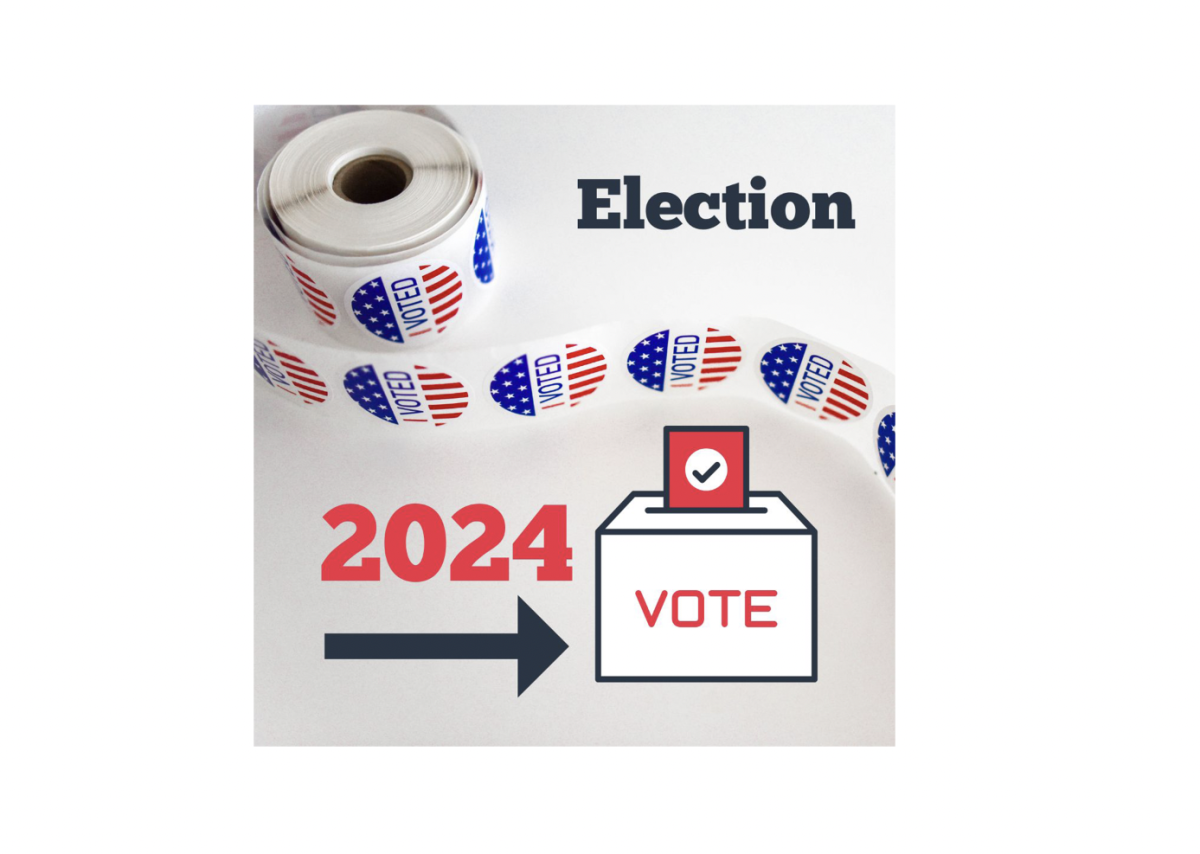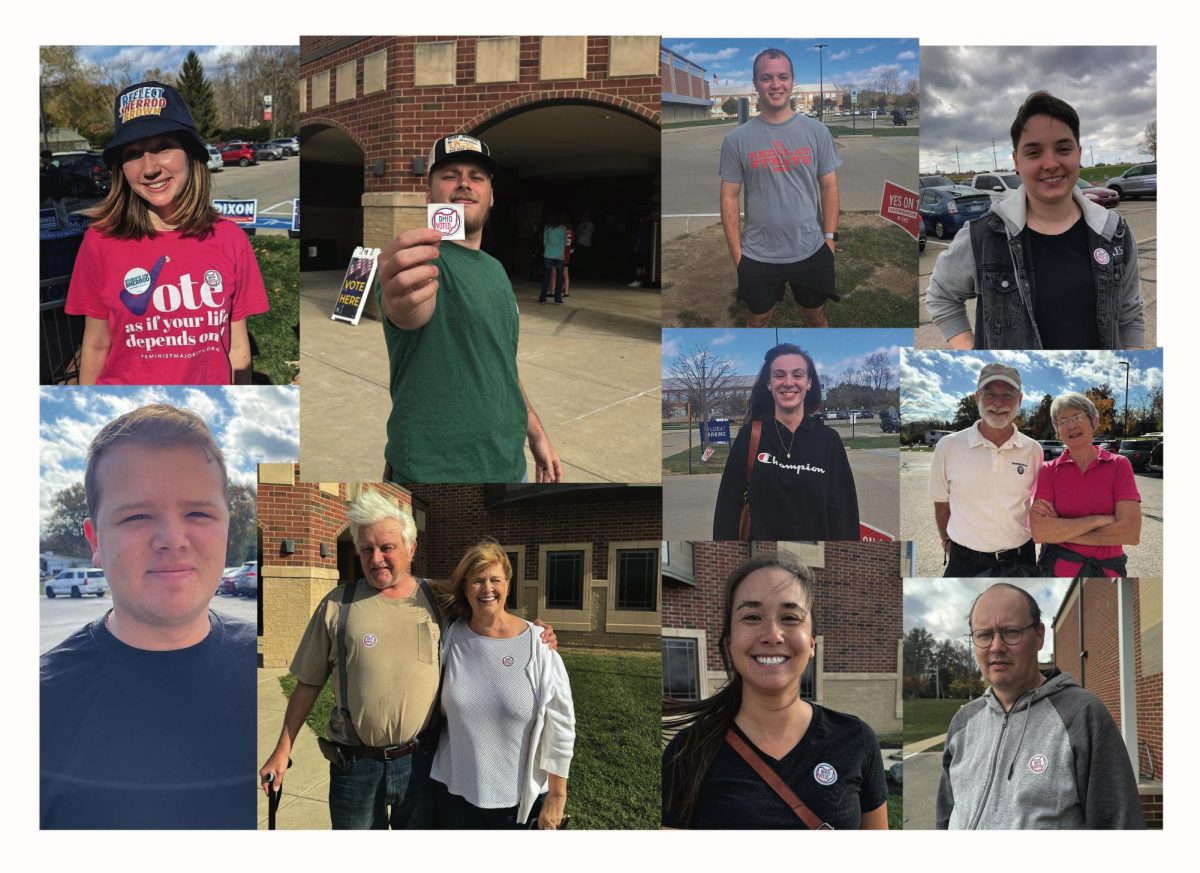The government wants to let you know that you count and to do that, you need to be counted.
The federal census, taken every 10 years as called for in the U.S. Constitution, officially starts April 1, but postcards have already gone out telling people about it. If you live in Oxford, you may get such a card in the mail by the end of this week.
At a meeting in the Oxford Presbyterian Seminary Wednesday night, the League of Women Voters in Oxford hosted a public discussion of challenges faced with this year’s census, including counting the student population, counting the homeless and the impact on the count of the coronavirus. Census guidelines for the counting process also were discussed at the meeting. The League of Women Voters is a non-profit, non-partisan group that works to encourage informed and active participation in government and to increase the understanding of major public policy issues.
This year, Oxford has done several different things to prepare for the census, including sending out the postcards to remind residents that census questionnaires need to be filled out.
The first stage of the process is self-response. This is the first census in which residents can fill out the form online and self-respond that way. You can also fill out and submit a paper form and respond by mail if you have not already responded online, according to the guidelines. This will be an ongoing process that will run through July 30. The online option also is expected to reduce the impact of the coronavirus on the count, as it will allow people to fill out the forms without talking face-to-face with anyone.
The City of Oxford has been updating the city website, with census information. Census takers from the city and from Miami University have been coordinating their efforts to make sure a consistent message is delivered. The city also included notices about the upcoming census on utility bills sent out in February.
On-campus, a group called RedHawks Count has been formed to encourage students who live off-campus to self-respond and to inform those living on campus that the university will be reporting them directly to the Census Bureau.
Gwen Fears, the assistant vice president for Student Life at Miami, is working closely with the RedHawks Count. “A change that is new this year, is the opportunity for institutions to choose how they want to count students on campus,” she said.
“In the past, resident assistants went door to door to have people complete a form and then give it back. This year, we have selected to do an e-response,” Fears said. Information disclosed by the university includes a student’s first and last name, and their birthdate. It does not include race or ethnicity, gender, or alternative addresses, she said.
About 8,000 students live on campus and 8,000 live off-campus, Fears said.
The RedHawks Count organization recognizes that students at Miami need to understand what the census is. “Eighty percent of students don’t fill out the Census because they don’t know what it is,” Red Hawks Count representative Andrew Devedjian said at Wednesday’s meeting.
The organization has created a PowerPoint presentation to explain the details of the census process. The PowerPoint has been translated into the six most commonly spoken languages at Miami. They also are creating connections with student organizations and have trained representatives who had planned to make presentations in classes, to student organizations and to fraternities and sororities, Devedjian said.
Because face-to-face classes are suspended on campus because of the coronavirus, the RedHawks Count approach is concentrating on sending out its PowerPoint presentation online. “We’re adapting along with everyone else,” said Reena Murphy, a Red Hawks Count representative. “The one beauty of having the PowerPoint is that it can be shared, we can send it through email threads and newsletters. We have been in collaboration with the dean of students about the census and it is still scheduled to go through.”
The group now plans on encouraging people to pay more attention to emails and social media much more than they maybe would have previously.
Starting in early April as people begin to respond to the census, the census website will be updated daily with the percentage of people who have responded. The census bureau will be able to track areas where responses are the lowest and target those areas for door-to-door census takers, according to Wednesday’s presentation.
One of the main goals of the Census is to make sure that everyone is only counted once. One of the actual questions on the census form is about duplication.
The homeless are counted based on where they are. Census workers will be going out to food pantries, shelters and transitory locations like hotels and rest stops as well.
Entities combine efforts to educate students about 2020 census
By Paige Scott
March 13, 2020
More to Discover



